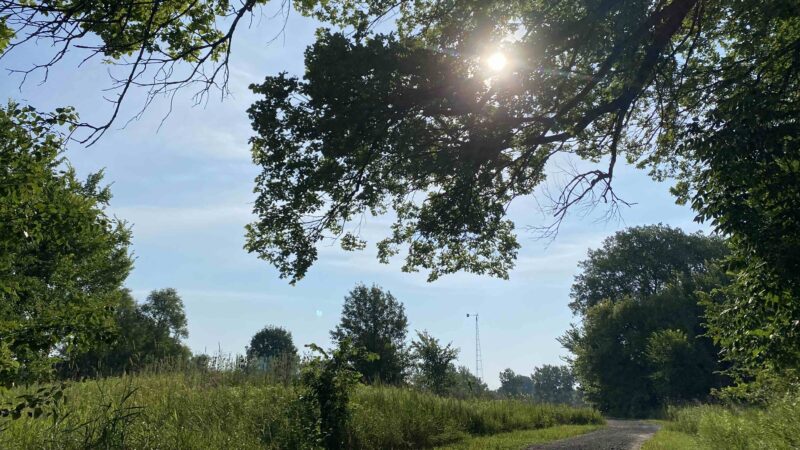
It’s been a while since we’ve shared an update on how our crops and farm are faring with the current weather, so this week we’ll take you on a field review.
Based on our most recent walkthrough, here are three key takeaways from this growing season.
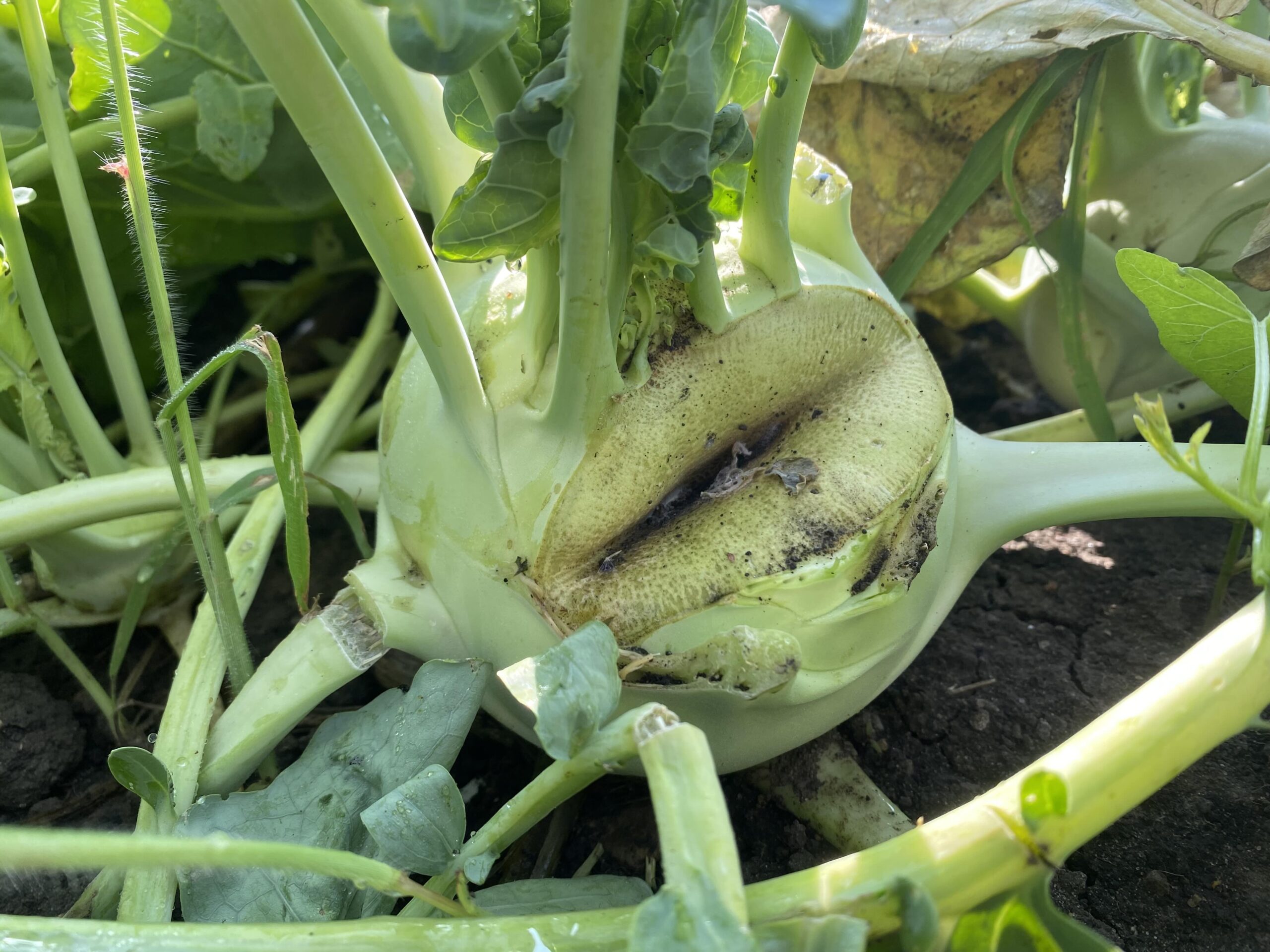
A tale of two seasons: great spring, stressful summer. A good growing season for us starts with a dry spring, which transitions into a summer with well-spaced, moderate rains and even temperatures. We got two out of three. While we enjoyed ideal spring conditions, early summer brought record-setting heat. WGN reported this morning that we’ve already hit 15 days over 90°F—in a normal year, we see 17-20 total.
These early high temperatures are stressing our plants. Lettuces are bolting before maturity, kohlrabi bulbs exploded from the heat-water combination, cabbage leaves grew in odd patterns, and nightshades appear stunted. With abundant water—including extremely heavy morning dew—comes disease, which we largely avoided in spring. Now, diseases are appearing in leafy crops like chard, forcing us to adjust our morning routines. We love to harvest when it’s cool, but we don’t like to enter wet crops and risk spreading disease.
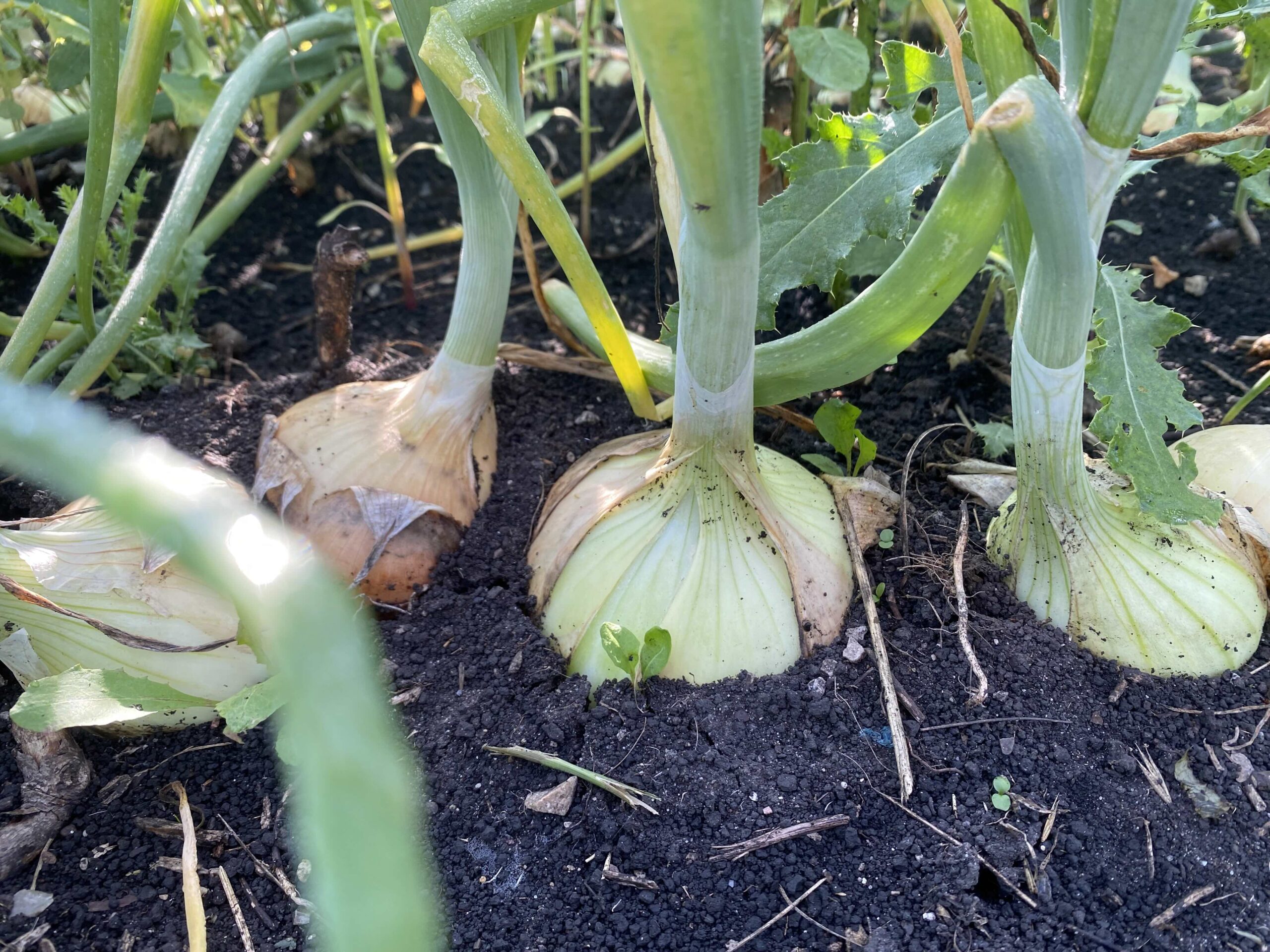
Evidence of healthy soils. After over 20 years of growing, our 4.1 asparagus field was underperforming. We added new asparagus fields near our food forest, allowing this vintage field to phase out. Once the field grew more weeds than asparagus, Jeff transitioned it back into annual crop rotation. The perennial crop created beautiful, rich, nearly black soil — excellent for this season’s onions. This rotation and additional pest prevention helped us battle a persistent thrip problem in our onion production. While we’re still battling weeds, the transition has reinforced what we already know about the benefits of integrating perennial and regenerative systems for soil, habitat, and water health. Wait until you see those onions!
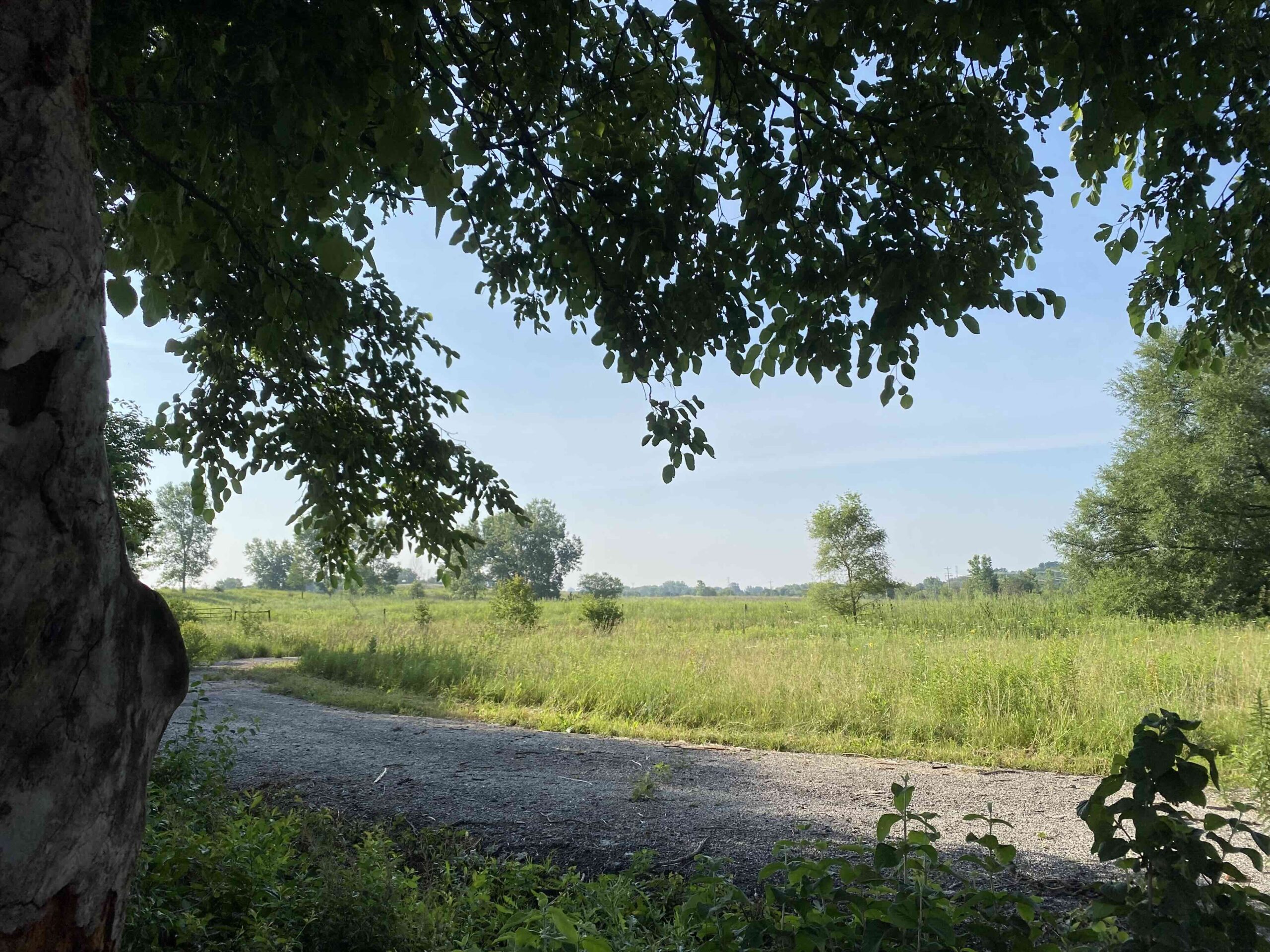
We’re improving the management of 95 acres. In 2023, we developed our first strategic land plan, mapping management approaches for each land type, with the goal of revisiting it in 2025. After two years, we’re assessing progress and setting a new vision for the land’s future, encompassing cropland, grazing, woodland, grassland, marshland, and prairie. Today on the land, we observed an abundance of monarchs, dragonflies, native honeybees, deer, and various birds expanding their nesting areas.
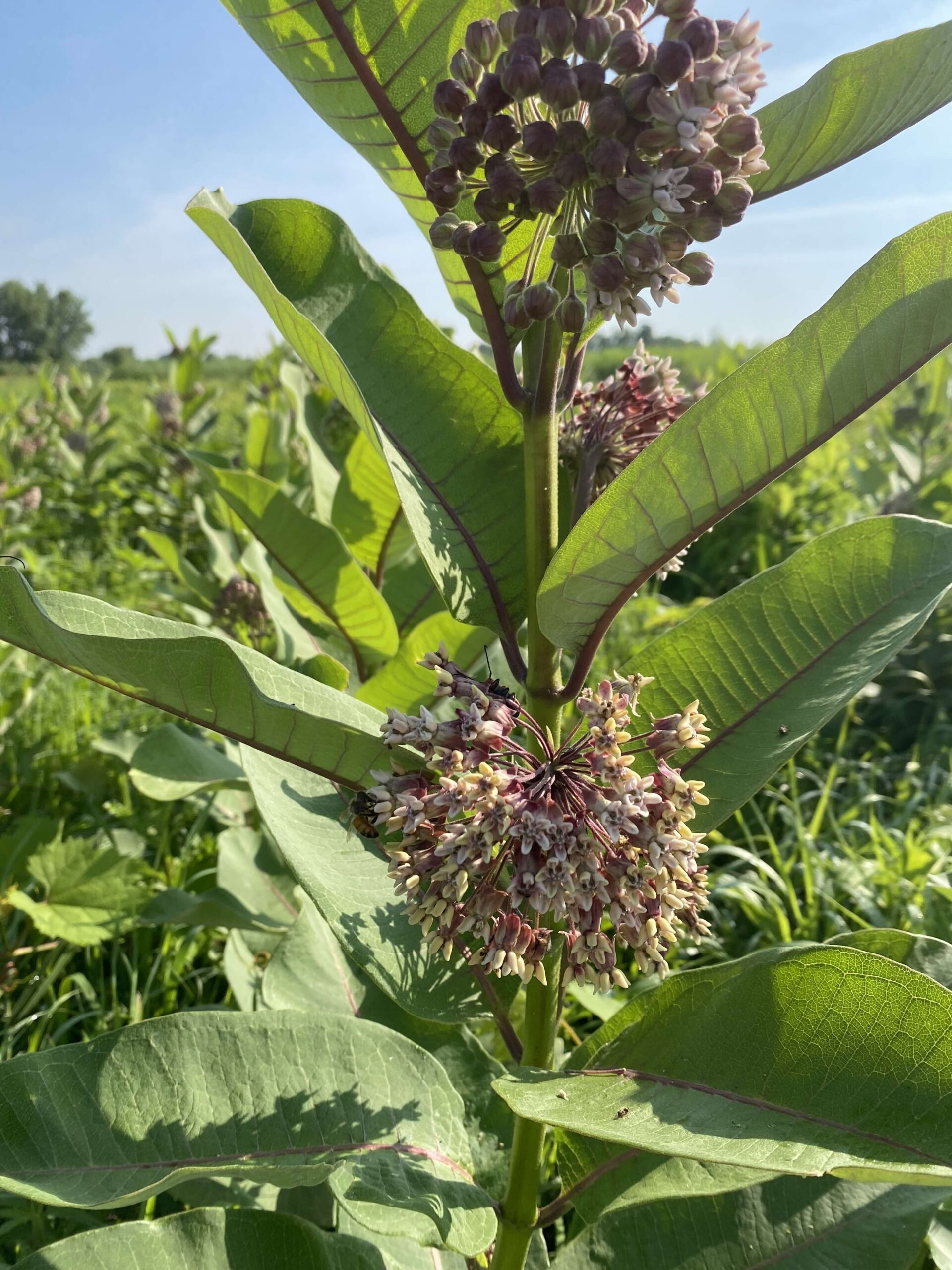
When we tour the farm, there’s always more that a farmer could do, and yet one of our best tools is observation. By watching the plants that arise, the animals that nest, and the water that gets absorbed into the soil, we become better listeners to—and advocates for—the land. Our farm is a diverse ecosystem, a never-ending canvas for continuous learning, and our focus remains on ensuring that this land stays healthy and adaptable for years to come.
Your farmers,
~ Jeff, Jen, and the farm team
